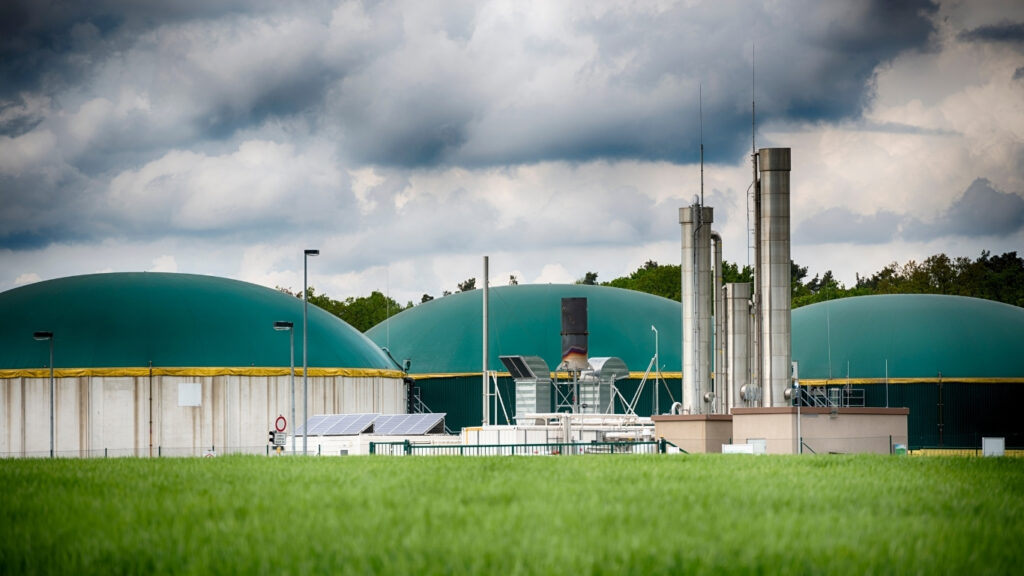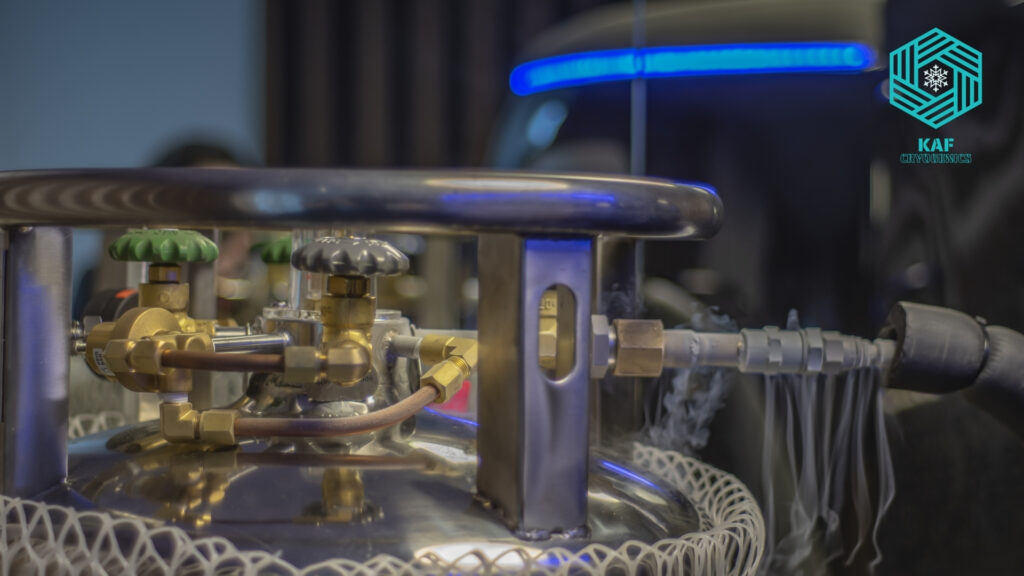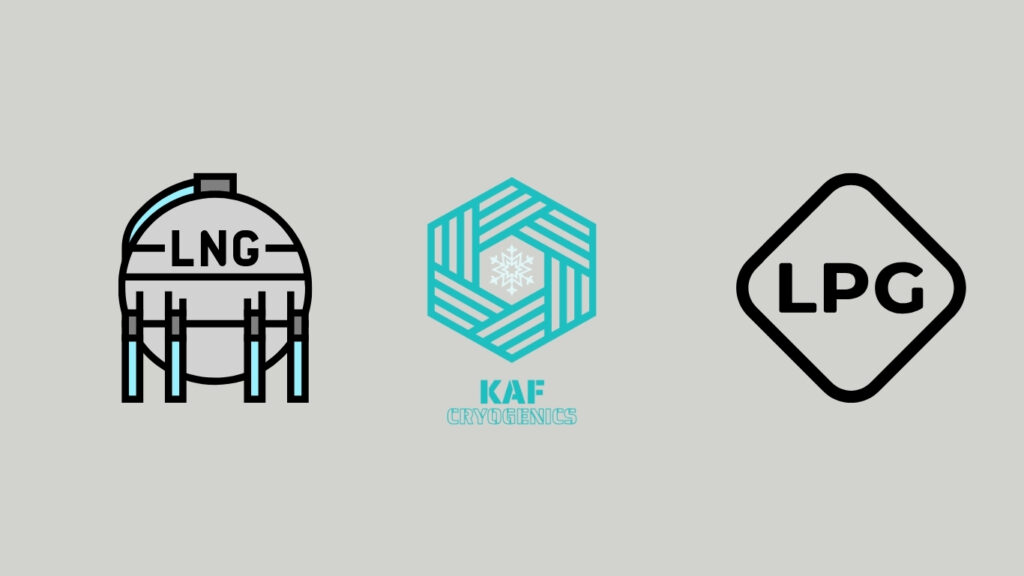The Role of Cryogenics in Renewable Energy Storage
Harnessing the Cold: A New Era in Clean Energy
As the world shifts towards more sustainable energy solutions, one critical challenge remains: how to store renewable energy efficiently and reliably. Solar and wind power are inherently intermittent, and large-scale storage technologies are vital for ensuring energy availability when the sun isn’t shining or the wind isn’t blowing. This is where cryogenic energy storage (CES) steps in. Leveraging ultra-cold temperatures to store energy, cryogenics is becoming an innovative, scalable solution for clean energy systems.
In this article, we explore how cryogenic technologies are revolutionizing renewable energy storage, their mechanisms, benefits, applications, and future potential.
What Is Cryogenic Energy Storage?
The Science Behind the Chill
Cryogenic energy storage involves the liquefaction of gases, typically air or nitrogen, which are stored at extremely low temperatures (below -150°C). When energy is needed, the liquid gas is evaporated and heated, expanding rapidly to drive turbines and generate electricity.
Key Stages of CES:
- Charging (Liquefaction): Electricity is used to cool ambient air until it liquefies.
- Storage: The liquefied air is stored in insulated, low-temperature tanks.
- Discharging (Regasification): When electricity demand increases, the liquid air is warmed, creating high-pressure gas that powers turbines.
Benefits of Cryogenic Energy Storage
Why Cryogenics Stands Out
CES offers several advantages that make it suitable for integrating with renewable energy sources:
- Large-scale potential: Ideal for grid-level energy storage.
- Long-duration storage: Stores energy for hours or even days.
- No geographic limitations: Unlike pumped hydro or compressed air systems.
- Environmentally friendly: Uses clean gases like air or nitrogen.
- Modular design: Scalable to meet different energy needs.
Comparing with Other Technologies
| Technology | Duration | Scalability | Environmental Impact |
|---|---|---|---|
| Lithium-ion Batteries | Short | Medium | High (mining impact) |
| Pumped Hydro | Long | Large | Moderate |
| CES (Cryogenics) | Long | Flexible | Low |
Applications in the Renewable Energy Landscape
Wind and Solar Integration
CES helps manage the variability of renewables by storing excess energy during peak generation times and releasing it during demand spikes.
- Day-night solar load balancing
- Smoothing wind energy fluctuations
- Avoiding curtailment during oversupply
Grid Stability and Load Management
Cryogenic storage can be dispatched during peak periods, reducing the strain on the power grid and avoiding blackouts.
- Frequency regulation
- Spinning reserve support
- Load shifting for cost optimization
Industrial and Remote Applications
Industries and remote facilities benefit from CES by ensuring energy independence and reducing reliance on diesel generators.
- Isolated renewable microgrids
- Backup power for manufacturing
- Cold-chain logistics integration

Cutting-Edge Innovations in CES
Liquid Air Energy Storage (LAES)
One of the most prominent forms of cryogenic storage is Liquid Air Energy Storage. Companies like Highview Power are pioneering large-scale LAES facilities:
- Modular plant designs for urban and rural deployment
- Integrating waste heat and cold from industrial systems to enhance efficiency
- 100+ MW installations already in development in Europe and the U.S.
Hybrid Storage Systems
Pairing CES with other technologies like flywheels, batteries, or hydrogen improves system flexibility:
- Faster response times
- Extended storage durations
- Reduced overall capital cost
Advanced Insulation and Thermal Management
Recent improvements in cryogenic tank design and insulation reduce energy losses:
- Vacuum-insulated tanks with multi-layer reflective coatings
- Integrated sensors for real-time thermal monitoring
- Self-healing materials for long-term durability
Challenges and Considerations
Energy Conversion Efficiency
CES systems currently have round-trip efficiencies around 50-70%. Improving this is crucial for economic competitiveness.
- Heat recovery integration
- Use of renewable waste heat from industrial processes
Capital Costs
While prices are dropping, initial investments can still be high. However, long service life and scalability offer strong return on investment.
- Government incentives can offset setup costs
- Public-private partnerships accelerate deployment
Operational Complexity
CES systems require skilled operation and monitoring, especially in variable-temperature environments.
- Automated control systems
- Remote diagnostics and AI-based maintenance
Sustainability and Environmental Impact
Zero-Emission Storage
Unlike batteries, CES doesn’t involve mining or hazardous waste. When integrated with renewables, it offers a completely emission-free cycle.
- No chemical degradation
- No toxic byproducts
Circular Economy and Green Synergy
CES aligns with circular economy principles:
- Use of recycled materials in tank construction
- Integration into industrial symbiosis systems
- Enabling decarbonization across multiple sectors
KAF Cryogenics: Powering Tomorrow’s Storage Solutions
Tailored Cryogenic Systems for Energy Applications
At KAF Cryogenics, we design and manufacture high-performance cryogenic components specifically for renewable energy storage systems:
- Vacuum-insulated tanks for liquid air and nitrogen
- High-efficiency vaporizers and pumps
- Advanced monitoring and safety solutions
Engineering Services and Partnerships
We collaborate with energy innovators and public infrastructure projects to:
- Develop pilot CES plants
- Customize modular energy storage units
- Train technicians and support regulatory compliance
Looking to integrate cryogenic storage into your energy project? Contact KAF Cryogenics to explore customized solutions.
Cold Solutions for a Hot Planet
Cryogenic technology holds the potential to transform how we store renewable energy, offering scalable, clean, and efficient alternatives to conventional systems. As nations aim for net-zero targets and energy security, CES emerges as a game-changer that bridges the gap between generation and consumption.
At KAF Cryogenics, we are proud to support this transformation with state-of-the-art solutions that meet today’s sustainability goals and tomorrow’s energy demands. Join us in shaping a cooler, cleaner, and more resilient energy future.
Stay informed. Follow KAF Cryogenics for the latest insights on cryogenics and clean energy technology.



